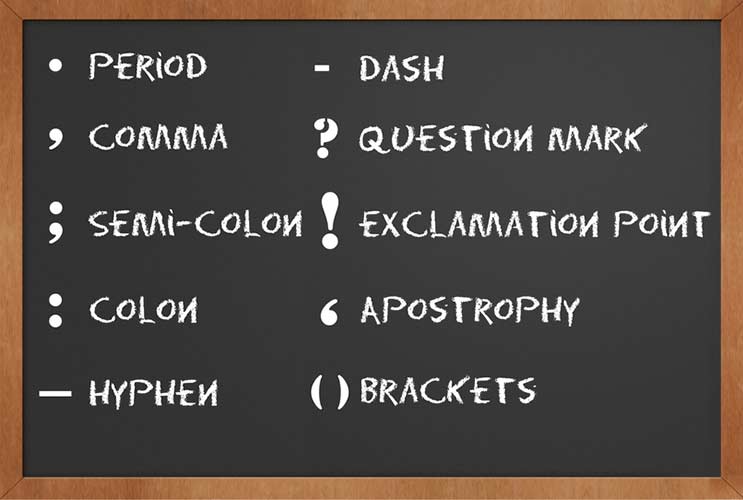
If paying for college is one of the most important considerations you have regarding your child’s education, the Free Application for Federal Student Aid (FAFSA) is your gateway into scholarships, subsidized student loans and a host of options that can help cover the costs of higher education. The trick is that this form needs to be filed out each year that your child requires financial aid. While this paperwork can be a little intimidating, particularly if you’ve never filled the form out before, with a few FAFSA tips, you can help your child submit an application fairly quickly and maximize your child’s chances for financial assistance.
- File the FAFSA ASAP. Students are eligible to file the FAFSA as early as January 1 for the upcoming fall semester. If your child is planning on attending college this fall, the soon-to-be college student should fill out the forms now. The deadline for the FAFSA is the last day of June, but some of the financial aid is allocated on a first-come, first-served basis. So, submitting the application early can mean more money for the early birds. Also, keep in mind that most universities use the information on the FAFSA to make their own financial aid offers.
- File your prior year’s income taxes early. If you can file your 2011 taxes before submitting your child’s 2012 FAFSA application, the information your child includes will be more accurate. If you cannot, you will be asked to estimate your prior year’s income.
- Be honest about your own education and assets. This is not the time to inflate your college education, income or assets. Many financial aid programs—like the Federal Pell Grants—are need-based. If your child is a first-generation college student or comes from a lower economic bracket, they may be eligible for more student aid.
- Don’t leave anything blank. Anytime there is a blank, make sure it is filled with something, even a zero. Leaving blank fields is said to be one of the most common mistakes on the FAFSA or may lead to a delay, as blank spaces could be perceived as an incomplete application.
- If divorced, list correct parent. If you are a single parent or you and your spouse are recently divorced, the parent who lived with the child for the majority of the prior year should be the parent whose income is listed on the FAFSA. MoneyWatch suggests having the child live with the lowest-earning parent for at least 6 months and one day out of the previous year to maximize potential financial aid.
- Double check for errors. One error can cause your FAFSA to be returned or delayed. Double-check all of your information before submitting. Names, dates of birth, and social security numbers are surprisingly some of the most common errors.
- You don’t have a social security number? If one or both parents are undocumented, your child should type all 0 where they are asked to enter the corresponding social security number.
- Call if you have questions. If you or your child have any questions about filling out the FAFSA, there are people who can help. You can find online assistance and the telephone number of the FAFSA help line here. And surprisingly, they do answer the phone pretty promptly and the operators are very helpful!
After your child’s FAFSA is received, you can expect to wait anywhere from a few weeks to a few months to find out what sort of financial aid they are eligible for. The response will come in the form of a Student Aid Report or SAR , which will arrive by email if you provided an email address. This will show what information you provided on the FAFSA and your family’s Expected Family Contribution (EFC), in other words, the amount you can expect to contribute to the cost of college. The college your child is attending will provide you with an award letter, stating what loans, grants and other aid can be utilized in the pursuit of their higher education.
The FAFSA used to be a long and cumbersome form, but it has recently been simplified. Even if you think your income is too high to qualify for financial aid, have your child fill it out anyway. There may be subsidized loans or even schularships from the university to which your child is applying that are available to you. And remember, the biggest mistake many families make is to take out a private loan before they exhaust all other options. Filling out the FAFSA is the first step to accessing all those options.











